Mark Holmes flips through the band photo shoot on is Ipad with all the pride of a proud parent showing off pix of his new born child. “This is what a rock band is supposed to look like” notes Holmes as he shows off photos of himself, guitarist Sergio Galli and new members; bassist Robert Laidlaw and drummer Daniel Todd.
“No guys with chequered shirts and beards here,” Holmes, boasts of a stylish collection of pix denoting an obviously fashion-conscious outfit. But why would this surprise anyone? It was Platinum Blonde who positioned themselves as Canada’s first sex-idol rock band when Holmes, Galli and then drummer Chris Steffler exploded onto the scene in 1982 combining a keen fashion sense with stylized dance/rock songs that found an ideal market on Canada’s debut Muchmusic video channel.
Their debut album, Standing In The Dark sold over 300,000 units, an unprecedented total for a new Toronto-based trio sparking riots at a concert at Nathan Philips Square as Blondemania took hold. Their second album, 1985’s Alien Shores, which marked the inclusion of second guitarist Kenny MacLean, did even better, selling 500,000 units and sparking five hit singles and a national headline tour.
[quote]“It was all these indie bands with chequered shirts and beards. Music had reached a logjam and I thought it was time we came out and did something that was relevant.”[/quote]
Yet despite all this success, a failure to connect with the U.S market eluded them. They tried a drastic image change on their third album, Contact (in 1988), toning down their glam look for a more gritty R&B sound. But when that release imploded their creative drive was lost and a fourth record, Yeah Yeah Yeah had almost an indie feel. The band’s momentum was lost, Holmes retreated to pursue a deejay career while co-owning Toronto’s influential Mod Club while Galli created a highly-successful architectural business.
Occasionally, rumours circulated of a possible Blondes’ reunion but they seemed dashed when MacLean was found dead November 4th 2008 of a heart attack, the day after debuting his third solo release at Holmes’ Mod Club. Yet ironically it was two members of MacLean’s band; Laidlaw and Todd who created the energy to push Holmes back into the studio.
“Rob pushed me to the point that I ran out of excuses, explained Holmes as we retired to a nearby coffee shop to discuss the band’s rebirth with their newly released Now & Never release. “Rob’s a producer himself, and he’d say, I’ve booked time in the studio, no excuses!”
“And the reality is that I was bored with what was going on musically,” explained Holmes. “It was all these indie bands with chequered shirts and beards. Music had reached a logjam and I thought it was time we came out and did something that was relevant.”
Steffler was a no-go due to a chronic ear problem and Galli initially had his reservations about a return but was won over by Laidlaw and Todd’s enthusiasm. “It was great that we could get Robert and Daniel because they were part of Kenny’s old band and by having them with us it’s like Kenny is still a part of the band too.
If Holmes needed an affirmation that the Blondes’ music was still relevant, he received it when electronic band Crystal Castles enjoyed an international hit, covering “Not In Love” with The Cure’s Robert Smith on vocals in December 2010.
“Suddenly we were aware of all these people on twitter and youtube who had heard of us and that inspired us to finish this album.” Enthused Holmes. “Murray Daigle co-produced it and he’s a perfectionist with vocals. He really pushed me and suddenly I’m writing all these songs and I sensed I had a direction where I wanted to go with the album.”
The word relevancy continues to crop up in our conversation. “It wasn’t going to be enough to be a typical classic rock band who rereleased their old material and dropped in a few new tracks. Our new album had to be relevant, it had to fit in with what is happening now. The great thing about the reviews we have been receiving is that people are saying the songs are relevant. They measure up to what is being played on radio.
”Which of course is a sticking point for any classic rock band trying to break through on current radio hit lists. Classic rock only wants to play the old hits while contemporary radio feels the band’s demographics are too old for their playlist.
“It’s another logjam,” reiterates Holmes. “The same four Toronto radio stations are playing the same four records….but we are going to change that,” he boasts. “Through social media, and some airplay, we are getting the word out. The single “Beautiful” is getting noticed, our record label Fontana, can’t keep stock in the warehouse and we are selling a ton of merchandise at our concerts. The key thing is to build a story to justify touring but we are all confident we are going to break that logjam.”

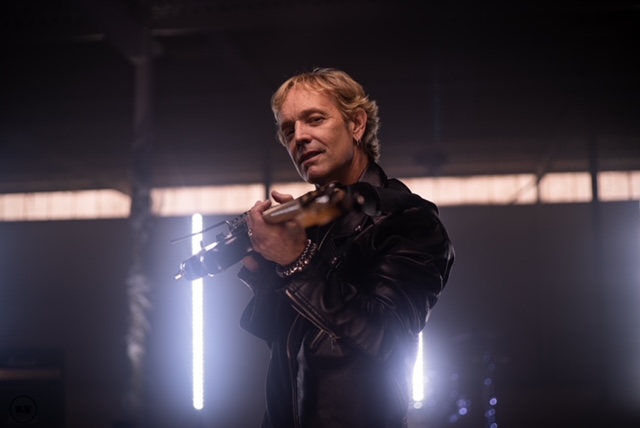



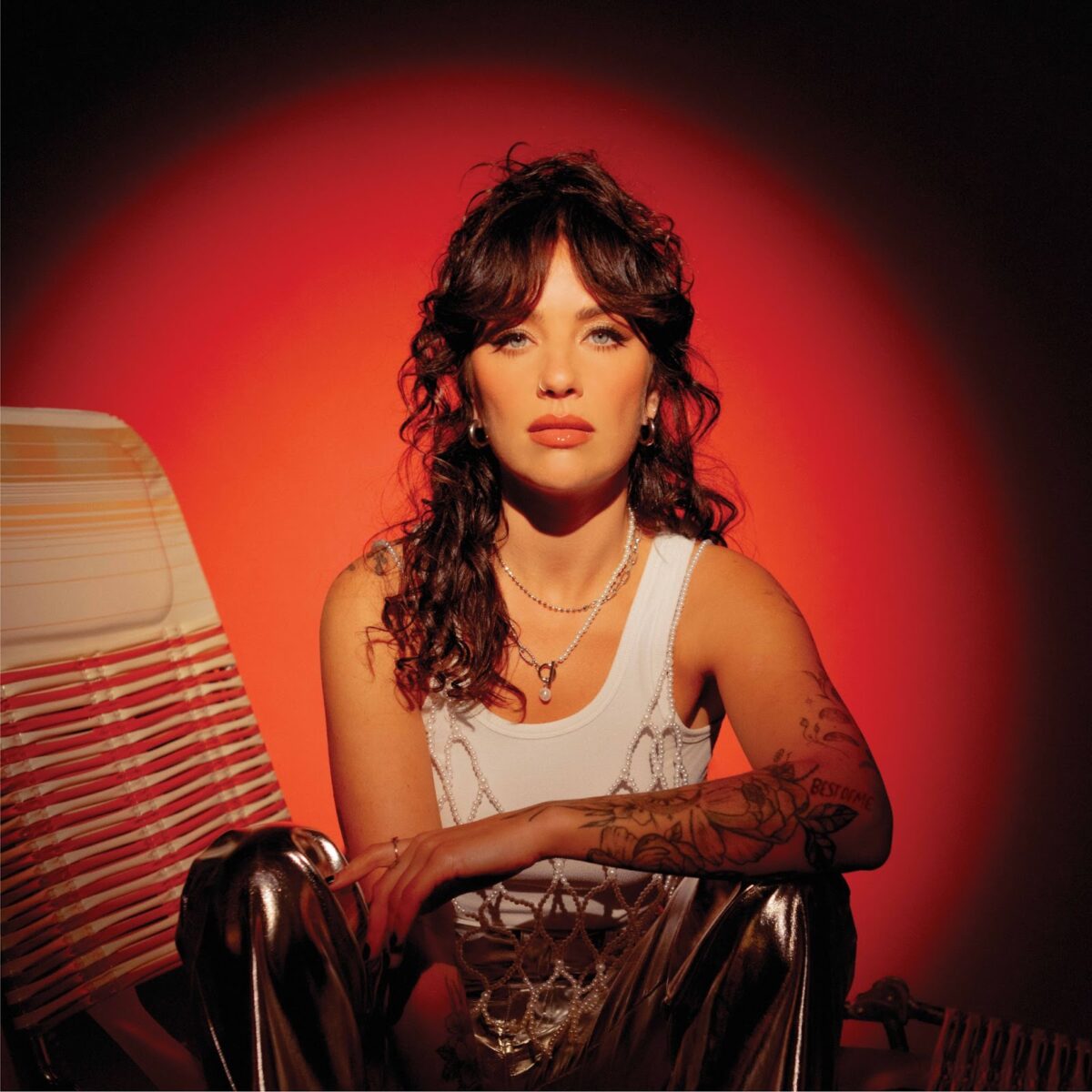
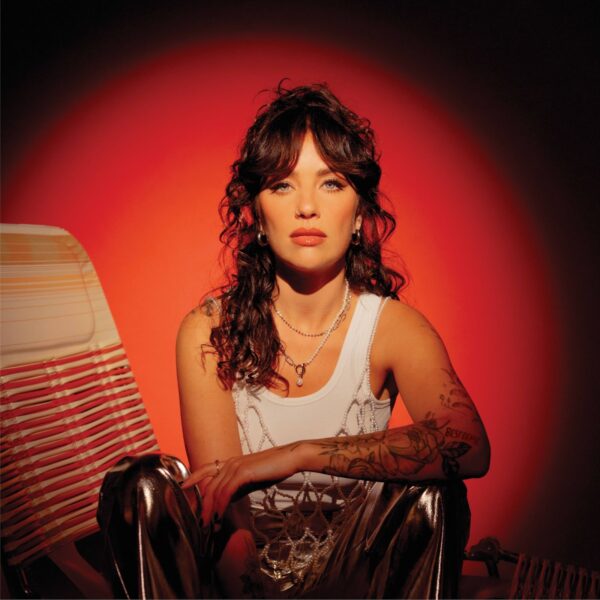

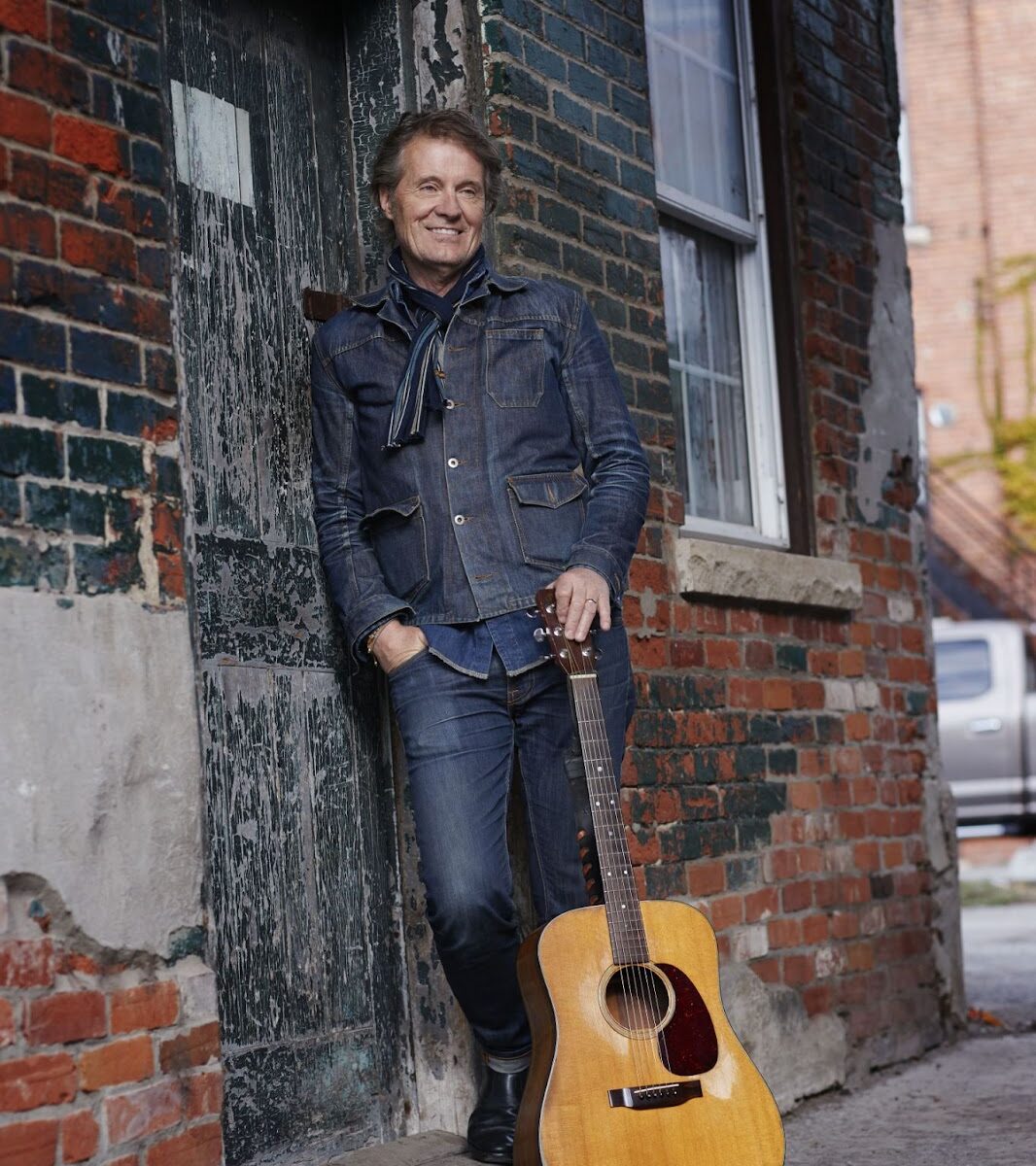

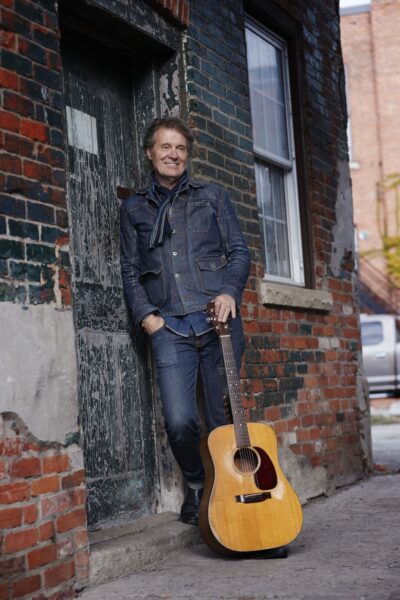




Comments are closed.